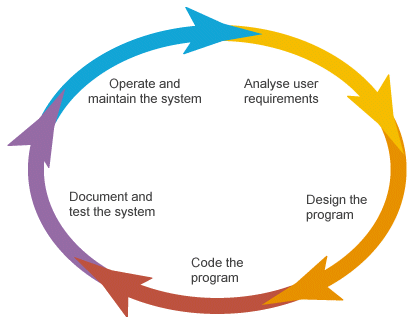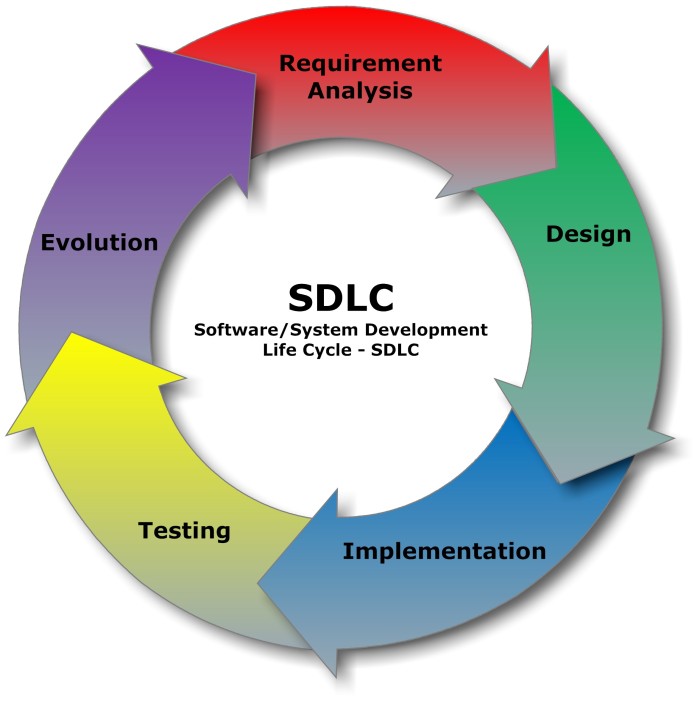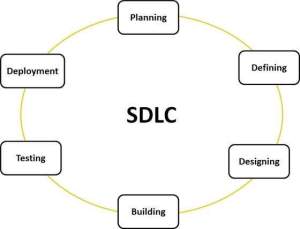Software testing is a phase of the Software Development Life Cycle that focuses on executing a program and finding bugs. The process should validate and verify that the program meets the functional and non-functional requirements gathered in the first stage of the process.
During testing, the developers should find out if the program meets the technical and business needs that should have guided the design and coding phases. The program should work the way it was expected to and should be able to be implemented in the next stage.
Testing can be done as a process rather that a unique activity. It should take place during the whole software life cycle in small steps, to prevent defects in the code and to verify that the design is being implemented correctly.
Testing must be planned so reports and progress can be documented and the status of a program can be defined and updated. Preparations must be made by selecting conditions and designing test cases.
Static testing can be done without executing the code and it is used to verify the source code and static analysis.
Dynamic testing is done when the code is executed so results can be demonstrated. It is done during validation, some examples are unit testing, integration testing and system testing.
Uploaded by Guru99
Evaluations must be done during the testing phase to check that the needed criteria was met and whether the software passes the needed tests and can now be launched.
Software testing is a necessary part of software development because everyone makes mistakes (we are human after all) and they should be corrected because they may lead to unnecessary risks and expensive corrections. It is good to have someone else check these mistakes because they are more likely to spot these mistakes than the original











 ?
? This cycle is used in the software industry to develop high quality products and at the same time satisfy the client. Basically it consists on planing ahead everything, so the work could be done easily.
This cycle is used in the software industry to develop high quality products and at the same time satisfy the client. Basically it consists on planing ahead everything, so the work could be done easily.